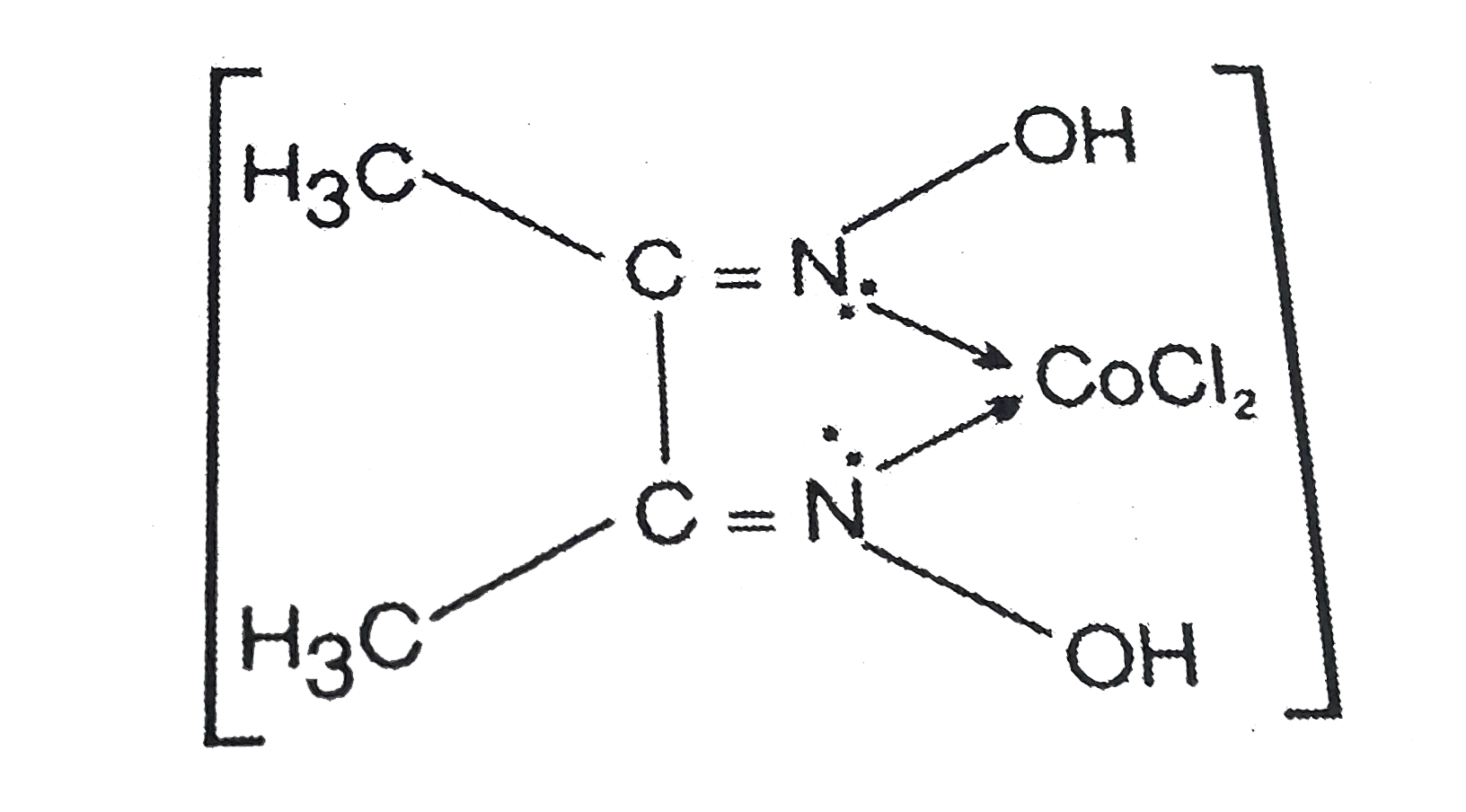The IUPAC name of the complex K2[Ni(CN)4] is
Tetrapotassiumtetracyanonickelate (0)
Potassiumtetracyanonickel (0)
Potassium tetracyanonickelate (II)
Tetrapotassiumtetracyanonickel (0)
The correct Answer is:C
To determine the IUPAC name of the complex K2(Ni(CN)4), we can follow these steps:
Step 1: Identify the components of the complex
The complex consists of:
- A cation: K+ (potassium)
- An anionic complex: (Ni(CN)4)2−
Step 2: Name the cation
The cation is potassium, and since there are two potassium ions, we simply refer to it as "potassium".
Step 3: Name the ligands
In the complex (Ni(CN)4)2−, the ligand is cyanide (CN). When there are multiple ligands, we use prefixes to indicate the number of ligands. The prefix for four is "tetra". Therefore, the ligand is named "tetracyano".
Step 4: Name the metal
The metal in the complex is nickel (Ni). Since the complex ion has a negative charge, we modify the name of the metal to reflect this. Nickel in this case is in the oxidation state of +2, so we name it as "nickelate".
Step 5: Combine the names
Now we combine the names of the cation and the anionic complex. The full name of the complex is:
- Cation: potassium
- Anionic complex: tetracyanonickelate
Putting it all together, the IUPAC name of the complex K2(Ni(CN)4) is:
Potassium tetracyanonickelate(II).
Final Answer:
Potassium tetracyanonickelate(II)
---
The complex consists of:
- A cation: K+ (potassium)
- An anionic complex: (Ni(CN)4)2−
The cation is potassium, and since there are two potassium ions, we simply refer to it as "potassium".
In the complex (Ni(CN)4)2−, the ligand is cyanide (CN). When there are multiple ligands, we use prefixes to indicate the number of ligands. The prefix for four is "tetra". Therefore, the ligand is named "tetracyano".
The metal in the complex is nickel (Ni). Since the complex ion has a negative charge, we modify the name of the metal to reflect this. Nickel in this case is in the oxidation state of +2, so we name it as "nickelate".
Now we combine the names of the cation and the anionic complex. The full name of the complex is:
- Cation: potassium
- Anionic complex: tetracyanonickelate
Potassium tetracyanonickelate(II).
Potassium tetracyanonickelate(II)
Topper's Solved these Questions
- ALCOHOLS, PHENOLS AND ETHERSBOOK - AAKASH INSTITUTE ENGLISHCHAPTER - ALCOHOLS, PHENOLS AND ETHERSEXERCISE - Try yourself
5 Videos
- ALCOHOLS, PHENOLS AND ETHERSBOOK - AAKASH INSTITUTE ENGLISHCHAPTER - ALCOHOLS, PHENOLS AND ETHERSEXERCISE - Exercise
40 Videos
- ALCOHOLS, PHENOLS AND ETHERS BOOK - AAKASH INSTITUTE ENGLISHCHAPTER - ALCOHOLS, PHENOLS AND ETHERS EXERCISE - Try Yourself
5 Videos
Similar Questions
Consider the following statements and arrange in the order of the true/false as given in the codes.
S1:The IUPAC name of the compound K2[Ni(CN)4] is potassium tetracyanonickelate(II).
S2:The oxidation number of cobalt in K[Co(CO4)] is -1
S3:[Co(NH3)5(NO2)](NO3)2 shows ionisation and linkage isomerism.
S4:[Ni(Cl)4]2− is Sp3 hybridised
View SolutionThe IUPAC name of complex K3[Al(C2O4)] is
View SolutionIn the complex K2Fe[Fe(CN)6]:
View SolutionThe correct IUPAC name of the complex is :

View SolutionThe complex K3[Fe(CN)6] furnishes
View SolutionWrite IUPAC name of the complex [Pt(NH3)4][NiCl4].
View SolutionIn the complex K2Fe[Fe(CN)6]
View SolutionThe IUPAC name of Ph−CN is :
View SolutionGive the IUPAC names of the following compound K4[Ni(CN)4]
View SolutionCo2+(aq.)+SCN−(aq.)→Complex(X)
Ni2+(aq.)+DimethylglyoximeNH4OH−−−−→Complex(Y).
The coordination number of cobalt and nickel in complexes X and Y is four.
The IUPAC name of the complexes (X) and (Y) are respectively:
View Solution
